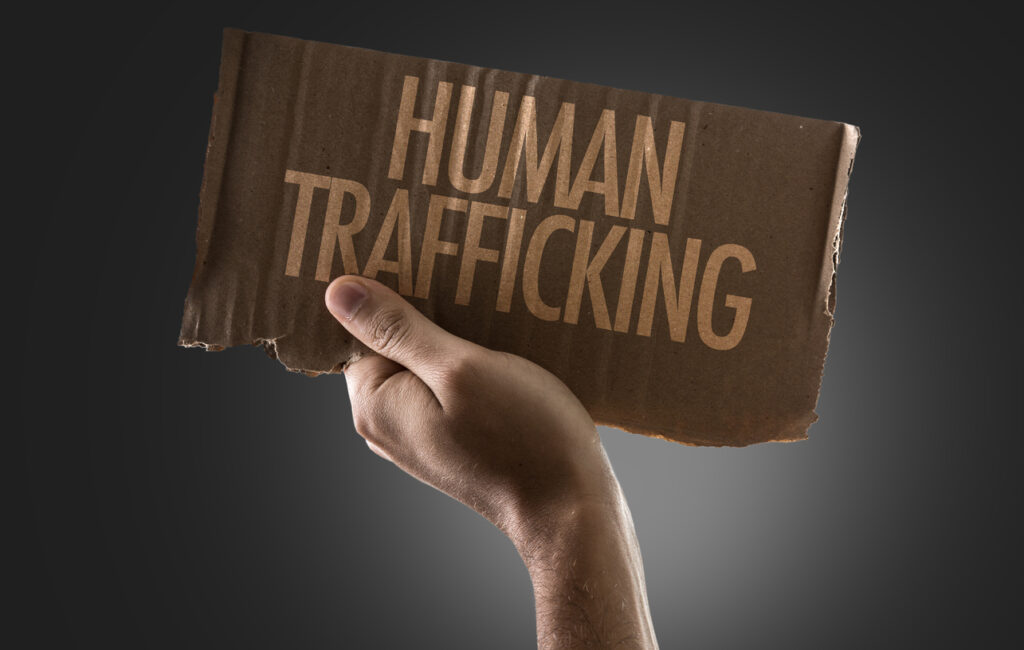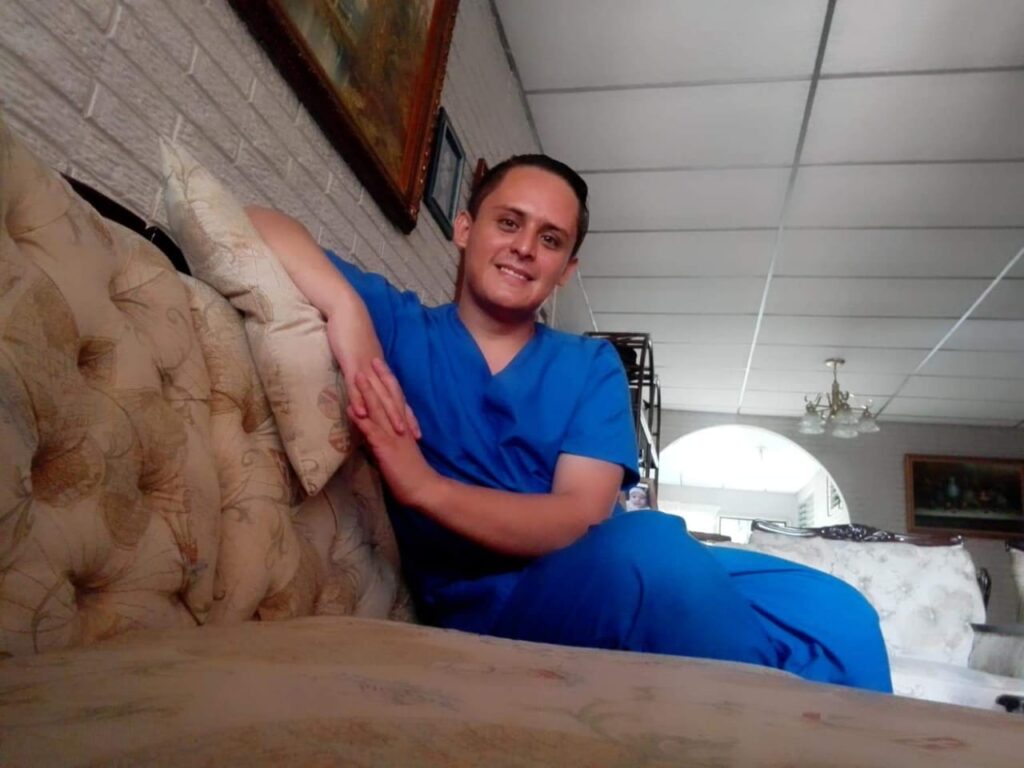The $150-Billion-a-Year Industry That Is Killing Our Children
“It ought to concern every person, because of our common humanity. It ought to concern every community, because it tears at our social fabric. It ought to concern every business, because it distorts markets. It ought to concern every nation, because it endangers public health and fuels violence and organized crime. I’m talking about the …
The $150-Billion-a-Year Industry That Is Killing Our Children Read More »






